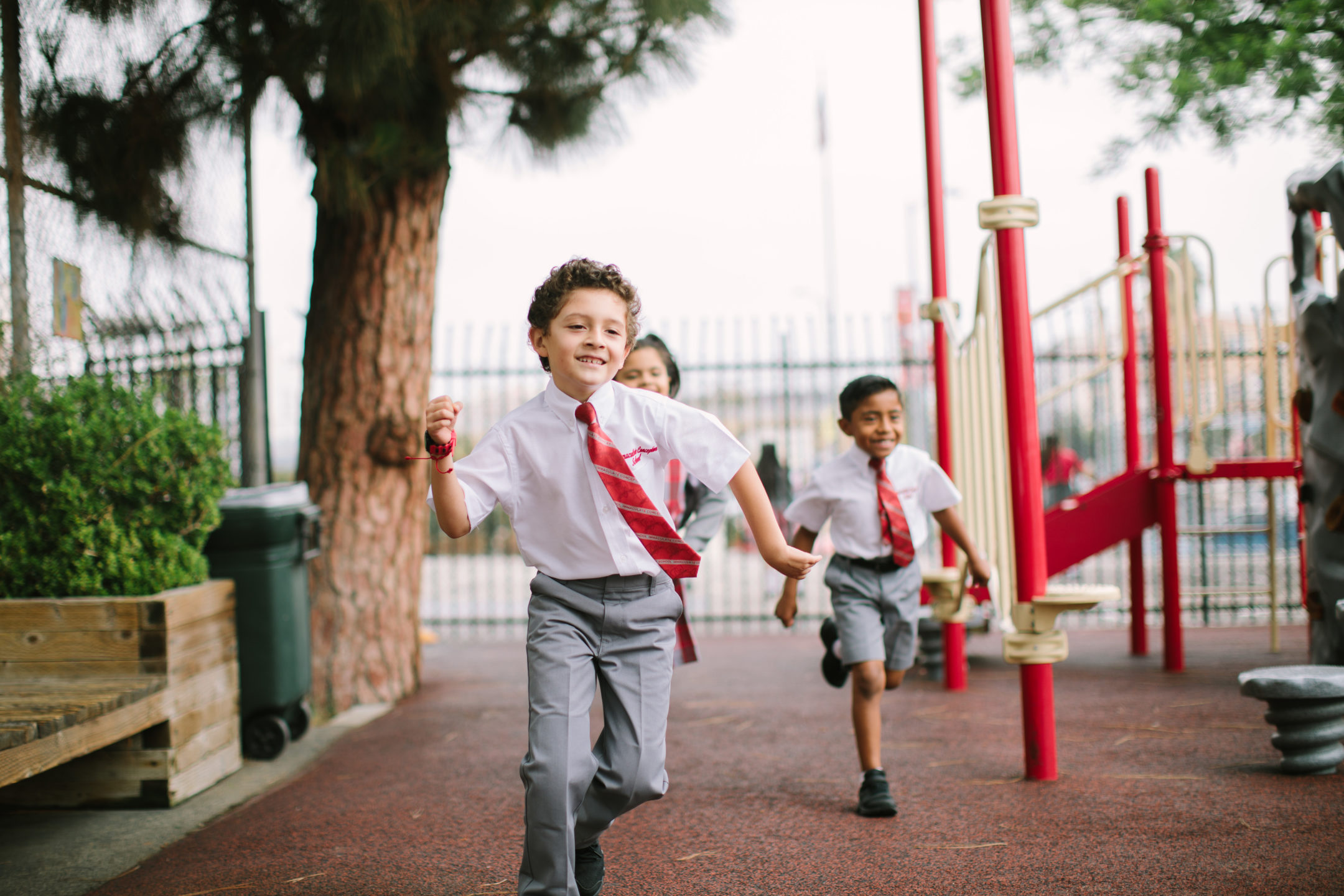Let us ask for the grace to be able to transform our families, in the reality of our daily life, a place where God is always present.
-Archbishop Gomez
Did You Know? July 2025
July 5-6 || Learning from survivors of abuse
Statistically, one in four children will experience some form of abuse – sexual, physical, emotional or neglect – during their childhood. Sadly, most child abuse goes either unnoticed or unreported, due to fear, a lack of knowledge in what constitutes abuse, or a reluctance to get involved. Safe adults have a responsibility to learn from survivors about abusive situations that went unresolved or unreported, to protect children from harm. For more information, read the VIRTUS® article “Learning from Survivors of Abuse” at lacatholics.org/did-you-know/ and for abuse prevention training information please visit https://lacatholics.org/education-and-training/.
Read the VIRTUS® article “Learning from Survivors of Abuse” here.
Aprendemos de los supervivientes de abusos
Estadísticamente, uno de cada cuatro niños sufrirá algún tipo de abuso – sexual, físico, emocional o negligencia – durante su niñez. Lamentablemente, la mayoría de los casos de abuso de menores pasan desapercibidos o no se denuncian por miedo, desconocimiento de lo que constituye maltrato o reticencia a implicarse. Los adultos seguros tienen la responsabilidad de aprender de los sobrevivientes sobre las situaciones de abuso no resueltas o no denunciadas, para proteger a los niños de cualquier daño. Para saber más lee el artículo de VIRTUS® “Aprender de los sobrevivientes de abuso” (Learning from Survivors of Abuse) en lacatholics.org/did-you-know/.
July 12-13 || What makes a child feel safe enough to disclose abuse?
There are several factors that contribute to whether a child is comfortable disclosing abuse to an adult. Children are more likely to talk about problems when they: have access to an adult they can trust; are able to understand that what is happening to them is not normal or safe; and trust that they will be believed. Another factor that may help a child disclose abuse is when a safe adult is intentional and asks direct questions about a child’s life as it communicates caring and attention to the child’s life circumstances. For more information, read the VIRTUS® article “Superpowers: Safe Adults Have Them” at lacatholics.org/did-you-know/.
Read the VIRTUS® article “Superpowers: Safe Adults Have Them” here.
¿Qué hace que un niño se sienta bastante seguro para revelar un abuso?
Hay varios factores que contribuyen a que un niño se sienta cómodo revelando un abuso a un adulto. Es más probable que los niños hablen de sus problemas cuando: tienen acceso a un adulto en quien pueden confiar; son capaces de entender que lo que les ocurre no es normal ni seguro; y confían que serán creídos. Otro factor que puede ayudar a un niño a revelar un abuso es cuando un adulto seguro actúa con intención y hace preguntas directas sobre la vida de un niño, transmite cariño y atención a las circunstancias de la vida del niño. Para saber más lee el artículo de VIRTUS® “Superpoderes: los adultos de confianza los tienen” (Superpowers: Safe Adults Have Them) en lacatholics.org/did-you-know/.
July 19-20 || Safe environment tips
Everyone that works and interacts with children should have clear boundaries in place. This can include rules like: staying in public view and avoiding isolated one-on-one situations with children and ensuring that two or more adults are always paired together to work with children, as well as other guidelines on appropriate physical contact. For the Archdiocese of Los Angeles’s guidelines on how to interact with minors at our parishes, schools and ministries please visit https://lacatholics.org/policies-and-procedures/, and for more tips read the VIRTUS® article “When Boundaries Abound, Our Lives Can Flourish” at lacatholics.org/did-you-know/.
Read the VIRTUS® article “When Boundaries Abound, Our Lives Can Flourish” here.
Consejos para mantener un ambiente seguro
Todas las personas que trabajan e interactúan con niños deben establecer límites claros. Esto puede incluir normas como: permanecer a la vista del público y evitar situaciones aisladas con los niños, y asegurarse de que siempre haya dos o más adultos juntos para trabajar con los niños, así como otras directrices sobre el contacto físico apropiado. Para las directrices de la Arquidiócesis de Los Ángeles sobre cómo interactuar con los menores en nuestras parroquias, escuelas y ministerios, visite https://lacatholics.org/policies-and-procedures/ y para saber más sobre cómo establecer y mantener límites, lea el artículo en VIRTUS® “Cuando abundan los límites, nuestras vidas pueden florecer” (When Boundaries Abound, Our Lives Can Flourish) en lacatholics.org/did-you-know/.
July 26-27 || Authority figures and boundary responsibilities
When an adult uses their authority to control or manipulate a situation, this puts children and vulnerable adults at risk for abuse. Manipulation can often occur through grooming behaviors, which can lead to boundary violations and ultimately abuse. It is always the responsibility of the adult to maintain appropriate, healthy boundaries with children in their care. For guidelines on how to interact with minors at our parishes, schools and ministries please visit https://lacatholics.org/policies-and-procedures/, and for more tips read the VIRTUS® article “Ministerial Boundaries, Power, and Authority” at lacatholics.org/did-you-know/.
Read the VIRTUS® article “Ministerial Boundaries, Power, and Authority” here.
Figuras de autoridad y la responsabilidad de mantener límites personales
Cuando un adulto utiliza su autoridad para controlar o manipular una situación, pone a los niños y adultos vulnerables en peligro de sufrir abusos. La manipulación puede producirse a menudo a través de comportamientos de engaño que pueden llevar a la violación de los límites personales y en última instancia al abuso. Siempre es responsabilidad del adulto de mantener los límites personales adecuados y saludables con los niños a su cargo. Para obtener una guía sobre cómo interactuar con los menores en nuestras parroquias, escuelas y ministerios, por favor visite https://lacatholics.org/policies-and-procedures/ y lea el artículo de VIRTUS® “Ministerial Boundaries, Power and Authority” (“Límites ministeriales, poder y autoridad”) en lacatholics.org/did-you-know/).

